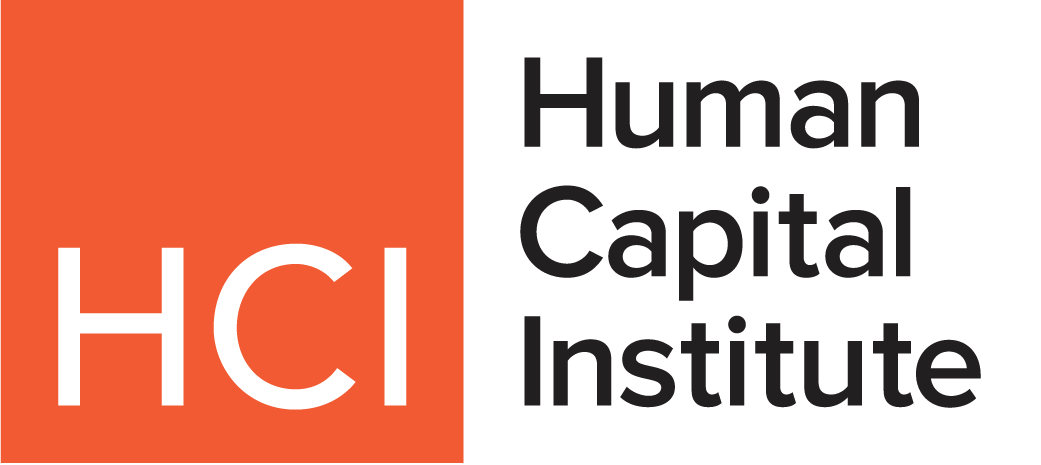Yesterday’s Advisor showed how big data are proving some long-held axioms of HR false. Today, how you can use small data, plus notice of an important upcoming no-cost webinar Success Begins with Strategy: HR Innovation in the Workplace featuring Susan Meisinger (sponsored by Kronos).
Can big data solve your HR problems? The important thing to remember is that the basis of big data is statistics, and you have to be careful interpreting results. So-called confounding variables may muddy the waters. For example:
History can intervene. The measurement may have been accurate, but things changed during the measuring period and that makes conclusions suspect. For example:
- Say you tried a new retention program and it appears to be working. But, also say during the measurement period you have new bosses, new goals, and new technology. Which one is the real cause of the improvement?
- Say your wellness program shows a dramatic improvement in hours exercised from March, when the first measurement was taken, until July, when the second measurement was taken. If you’re in the North, was that caused by your new program, or was it just because people tend to get outside and exercise more in the summer?
Join former President and CEO of SHRM, Susan R. Meisinger, for an informative FREE webcast on June 13: Success Begins with Strategy: HR Innovation in the Workplace.
Robins Cause Spring
Another common problem is confusing correlation and causation.
- A standard illustration of this is to take the hypothesis that robins cause spring. Collect your big data and your hypothesis will be clearly supported, because there is a strong correlation between the arrival of robins and the arrival of spring.
- You expand your flextime program and predict that your next annual attitude survey will show great improvement, which it does. But was it the flextime or was it because:
- During the measurement period, there is a new president who is popular.
- Employees have gotten generous bonuses for the first time in 3 years.
- The company has become deeply involved in community projects.
- There’s a new 360 coaching/development program.
So, the point is, don’t take all big data indicators at face value. And, furthermore, even if the big data results are valid for one company, that doesn’t mean they are valid for yours.
Learn how to minimize your compliance risk, (and earn free HRCI credit), when you attend our 60-minute Kronos-sponsored webcast on June 13. Register Free.
Using Small Data
Of course, the largest companies can develop big data by themselves. But what about smaller companies? They can still do helpful analysis of their programs, policies, and practices.
For example, every organization wants to know which applicants will make the best employees. That’s hard to measure because you’ll never know whether the rejected candidates would have been better or worse than the candidates you selected. But you can measure whether your tests and selection methods are working well.
Take any test that you use (most any selection device is a test, legally; for example, the interview is a test as much as a keyboarding test or an honesty test). Identify the traits, skills, or abilities you were hoping to measure with that test and then check to see how well you did in predicting the success of the new hires.
You can also check for the validity of the kinds of assumptions and barriers mentioned earlier in this article (job-hopping, criminal record, etc.). Which assumptions are you making and do they hold water? When you find discrepancies, innovate—time for some fresh thinking.
As a leader in HR and payroll, you know that challenges are everywhere. But there’s only so much you can control. That’s why it’s more important than ever to be prepared with innovative strategies that can help you solve your biggest problems.
Join former President and Chief Executive Officer of the Society for Human Resource Management, Susan Meisinger, SPHR, JD, and Todd Black, Product Marketing Manager at Kronos, as they discuss HR and payroll specific strategies and technologies that can help you communicate better, minimize compliance risk, and increase employee engagement to create a culture of innovation.
- When workforce communication breaks down, start talking solutions
- When regulations increase, increase your strategic involvement
- When employee engagement is down, find innovative ways to get them back up
Join us on June 13 for this informative free webcast. In just 60 minutes, you’ll learn innovative ways to tackle your HR challenges.




Thanks for the reminder about the distinction between correlation and causation. C-suiters are sometimes to too quick to act on the basis of mere correlation.